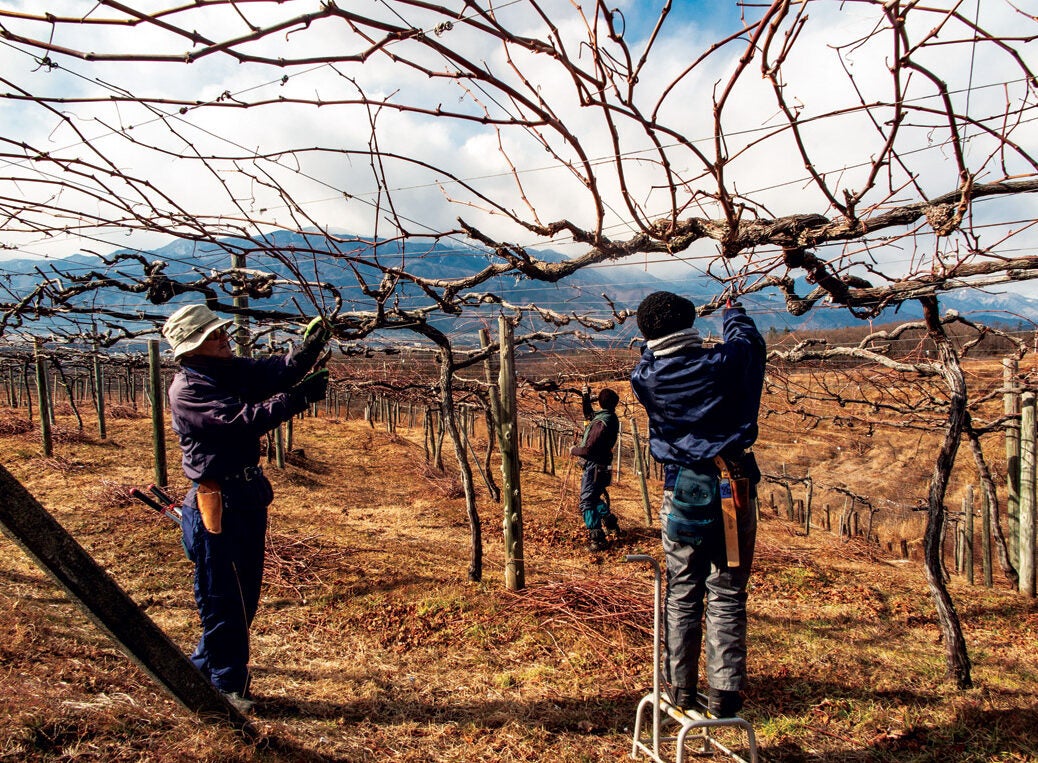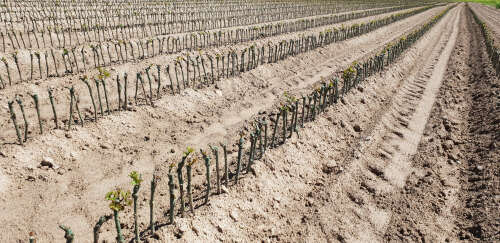
Japan’s finest: An engaging, evocative, and authoritative guide to grape and grain
Japan has been successfully raising its profile as a tourist destination, with visits tripling over the past five years, and this trend will surely continue with the upcoming Rugby World Cup (2019) and Olympics (2020). Over the same period, Japanese sake exports have nearly doubled in volume and tripled in value, and new sake breweries are now operating in many countries, including the USA, Canada, Mexico, Brazil, Australia, New Zealand, Taiwan, the UK, France, and Spain. So much activity presents an ideal opportunity to raise awareness and appreciation of Japan’s national beverage.
Until not very long ago, anyone wishing to find good-quality up-to-date English-language information about sake brewing and brewers would have struggled to find much. The best sources were The Book of Sake by toji (master brewer) Philip Harper, The Saké Handbook (2002) by pioneering sake educator John Gauntner, and John’s “Sake World” blog (since 2009), which provides personal musings on sake from someone who is deeply and passionately involved in the industry.
In recent years, we have been treated to a more up-to-date and detail-diving book by John (Sake Confidential; 2014); Eliot Faber’s Sake: The History, Stories and Craft of Japan’s Artisanal Breweries (2015); a translation of the Brewing Society of Japan’s highly technical Textbook of Sake Brewing (2016); the WSET’s own textbook, Sake: Understanding Style and Quality (2016); Jim Stewart’s friendly and practical travel guide, Sake Breweries of Tokyo, Kyoto and Kobe (2018); and the magazine Sake Today (quarterly, since 2013)—as well as having sake provide the focus of the documentary films The Birth of Sake, Kampai! For the Love of Sake (both 2015) and sequel Kampai! Sake Sisters (2019, currently in post-production). With such riches already available, sake enthusiasts can now satisfy their needs for knowledge, travel advice, and entertainment. But into this space, Anthony Rose’s book is a valuable new addition.
The right balance
There is much to like about this book. Rose’s writing style is engaging, anecdotal, evocative, and authoritative. He guides the reader through the complexities of sake production and labeling with the patience and courtesy of someone who, though now an expert, understands what it is like for all of this to be new and bewildering. Yet, in the space of its 370 pages, he delves into the various topics to a sufficient depth that an expert enthusiast will find valuable new insights.
A common danger with this kind of book is that much of the space is given to producer details and too little to the substance of the subject. Rose gets the balance right, with half of the sake content covering the broader context of history, styles, production, and some entertaining cultural insights. The brewery sections go far beyond superficial production and contact details. (I skip through these sections in other similar books and only read them as reference, if at all.) Instead, the selected breweries are brought to life with history, anecdotes, and descriptions of the owners, brewers, and their philosophies, making this section well worth reading in full. In selecting 60 or so of the 1,000-plus Japanese sake breweries, difficult decisions need to be made. If Akita prefecture gets more than proportionate coverage, this perhaps reflects the dynamism and helpfulness of producers in this region—and anticipates greater future success. Some readers may find a few surprising omissions. In some cases, this is due to the desire to keep the book length manageable—and the author has the right to make the necessary choices. I also know that some breweries can be surprisingly reluctant to assist in what looks like a perfect opportunity to raise their profile. The section on production outside Japan is very helpful but inevitably reflects a particular moment in a rapidly changing industry.
Still-nascent regionality
Some readers—especially those from a wine background—may be disappointed to find that there is little on regionality and terroir. But in this, I believe, Rose made the correct decision. There are prefectures and regions with more, or less, distinctive regional sake styles, and there are factors that account for these to some extent. But brewers in any location can—and do—make sakes in all styles. Rice can be sourced from other prefectures, koji spores and yeasts are usually sourced from central suppliers, water mineral content can be adjusted, and brewing techniques can be shared and copied. The industry is emerging from a period of convergence toward a super-clean, lightly fruity daiginjo formula, and many breweries are exploring directions of difference (rediscovery or development of local and/or traditional ingredients and techniques). The regional diversity that we can expect to re-evolve over the next decade will probably have some links to historical styles, but putting too much emphasis on something in such a nascent state would be misleading. Rose’s approach of looking at the influences on individual breweries is a defendable one and allows the occasional mention of broader regional influences (such as Kyoto’s Fushimi water or Niigata’s tanrei karakuchi brewing techniques).
On the other hand, readers from a wine background will enjoy Rose’s coverage of Japanese grape wines. This offers an appropriate place to delve into some of the factors behind regional characteristics.
Rose has called on expert advice to help ensure the accuracy of the content. Professor Nami Goto and her research team at the National Research Institute of Brewing (NRIB) also assisted with the technical editing of WSET’s textbook, so I know from personal experience that there is nobody better. For tips on eating in Tokyo, Melinda Joe is the perfect person on the ground. And perhaps most excitingly for me, the history chapter benefits from the meticulous, detailed research of Professor Shuji Horie. There are so many myths and misrepresentations of sake history in other sources, it is really wonderful to see this detailed discussion of the origins, the historical development of the various techniques used at different times, the evolving social context of production and consumption, and the final evolution of modern techniques.
Travel tips are provided in a short final chapter and within some of the brewery profiles. Arranging private brewery visits is not especially easy. Apart from giant breweries such as Gekkeikan (Kyoto) and Hakutsuru (Hyogo), with their visitor centers and tours, most breweries are small, have very few staff, and are far from the major tourist destinations. During the brewing season, everyone is focused on brewing, and even with a translator it is often difficult for brewers (who have internalized their craft with years of practice) to articulate the reasons for their approach to sake brewing and explain what they are doing and why they do things the way they do. Rose’s book indicates which breweries are most likely to be able to cope with visits, with details of how to arrange the visit in advance, how to travel there, and even where to eat nearby. With this book in hand, nobody should now complete a visit to Japan without visiting at least one sake brewery and one winery.
Published by Infinite Ideas; 390 pages; $39.95 / £30






